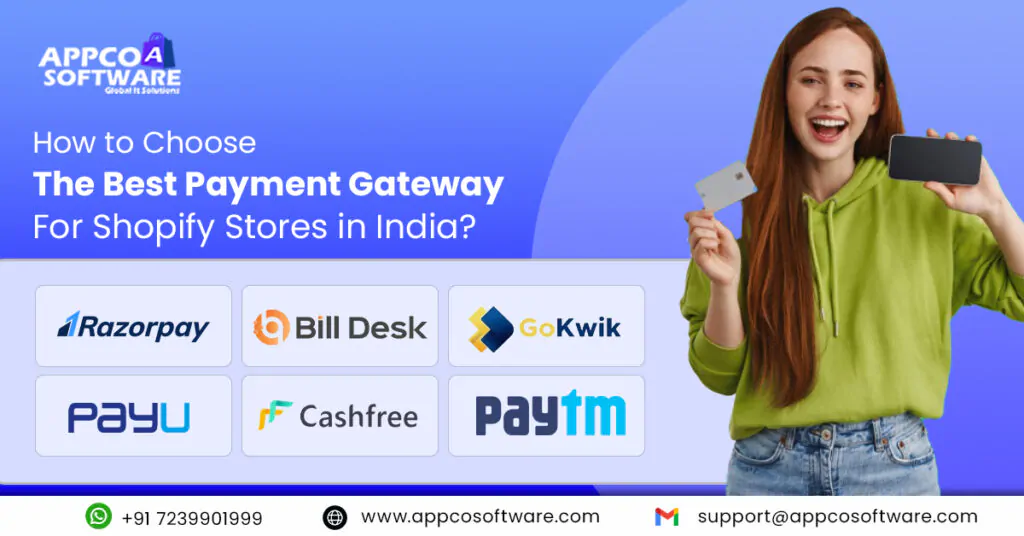Running a Shopify store in India is not just about having good products and a nice theme. If your customer reaches the checkout page and fails to pay, the sale is gone. That’s why choosing the right payment gateway for Shopify stores is as important as your product itself.
You might already know that in India, payment failures are one of the biggest reasons behind cart abandonment. Reports suggest that almost 40% of users drop out because of failed payments, hidden charges, or a lack of local options like UPI or Cash on Delivery (COD). For example, a customer adds a 1,500 rupee kurta, goes to pay, but doesn’t see UPI or Paytm. He leaves without buying. That’s not a product problem; that’s a payment problem.
For this very reason, you can’t randomly pick any payment option. You must carefully choose a Shopify payment gateway that matches your customers’ needs because the wrong one will cost you sales. The right one will give customers trust, faster checkout, and multiple options like cards, wallets, UPI, and COD. In short, the Shopify payment gateway in India you choose decides whether your visitor becomes a paying customer or just another bounced session.
In this guide, we’ll show you step by step how to choose the best Shopify payment gateway in India, compare the top options, and explain what to look for. By the end, you’ll know exactly which one suits your store, your audience, and your business model.
What is a Payment Gateway and Why Does it Matter for Shopify?
A payment gateway is the bridge between your Shopify store and your customers’ money. In simple words, it’s the system that takes payments from cards, UPI, wallets, or COD and sends them safely to your bank account. Without it, your store is like a shop with products but no cash counter. Now, why does it matter so much? Because checkout is the most sensitive part of your Shopify store. If your payment gateway is slow, doesn’t support UPI, or fails during peak hours, your customer won’t wait. They’ll just close the tab. And that means you lose sales.
You can spend thousands on ads to bring traffic, but if the last step (payment) doesn’t work smoothly, all that effort is wasted. A good payment gateway builds trust, reduces cart abandonment, and makes customers feel secure when entering their details. For Shopify stores in India, this trust is even more important. People want options, UPI, Paytm, PhonePe, debit cards, credit cards, and sometimes even COD. If your gateway doesn’t offer these, your sales will suffer. That’s why choosing the right payment gateway for Shopify stores is not just a technical choice. But it’s directly linked to your conversions and revenue.
Factors to Consider When Choosing a Shopify Payment Gateway in India
1. Transaction Fees & Hidden Charges
Every gateway charges a fee on each transaction. Some say 2%, some say 3%. But the issue is not the fee alone. It’s the hidden charges. For example, GST on the fee, setup charges, or extra cost for refunds. You must check the full breakdown before signing up. Even a 1% difference in fees can eat into your profits if you’re running high sales.
2. Supported Payment Methods
In India, customers use UPI more than cards now. Along with that, people expect wallets like Paytm, PhonePe, Amazon Pay, and of course, credit/debit cards. If your Shopify payment gateway doesn’t support these, you’ll lose a big chunk of sales. So always check if it allows Shopify UPI integration in India, COD vs online payments, and popular wallets before finalizing.
3. Integration with Shopify
Some payment gateways need coding, API setup, or extra plugins. For most store owners, that’s a headache. Instead, pick a gateway that works smoothly with Shopify. Most of the big names already have official Shopify apps. You can add them in minutes without hiring a developer. Easy integration saves time and avoids technical issues during checkout.
4. Payout Cycle
You’re running a business, which means cash flow is everything. If the gateway holds your money for 7–10 days, it hurts your operations. Check if they offer daily, 2-day, or weekly payouts. Many Shopify store owners in India prefer Razorpay or PayU because they give faster payouts compared to global gateways. Always ask this before signing up.
5. International Payments Support
If you plan to sell outside India, you need a gateway that accepts international cards and currencies. Stripe and PayPal are known for this, but even Indian gateways like Razorpay are catching up. Without this feature, you’ll lose global customers. You should think long-term. Even if today you sell in India, tomorrow you might expand.
6. Customer Trust & Security
At checkout, people share their card or UPI details. If your gateway is spammy, customers will drop off. Always choose a PCI DSS-compliant gateway that supports 3D Secure and fraud detection. Also, display trust badges during checkout. Security builds confidence, and confidence brings sales.
Read more: Shopify Translation Apps for Multilingual Stores
Top Payment Gateways for Shopify Stores in India (2025)
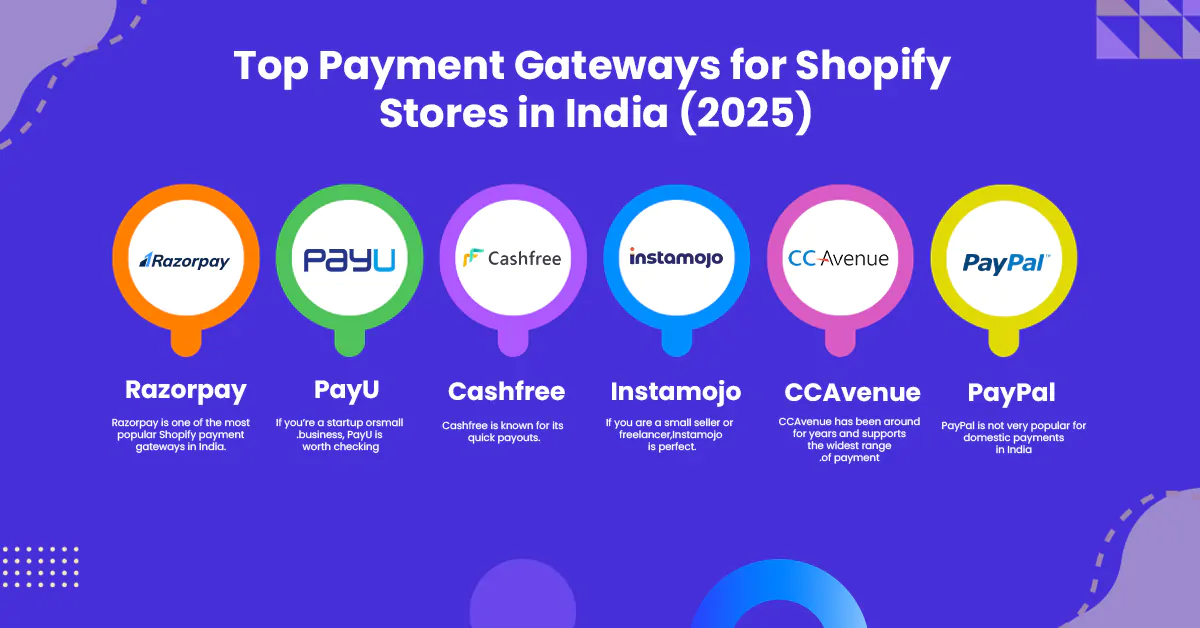
1. Razorpay
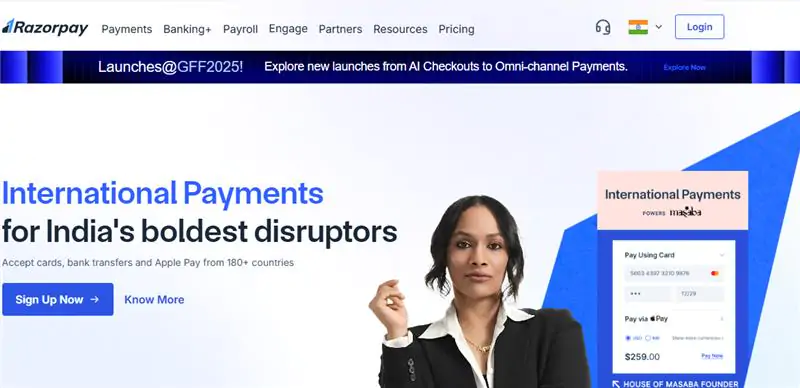
Razorpay is one of the most popular Shopify payment gateways in India. It supports UPI, debit/credit cards, and wallets like PhonePe, Paytm, and Amazon Pay. Most Indian buyers are already comfortable with Razorpay, so trust is built in. The best part is that integration with Shopify is smooth. You can set it up in minutes. Razorpay also gives daily or two-day payouts, which helps with cash flow. If you want reliability plus support for almost every Indian payment method, Razorpay is a strong pick.
2. PayU
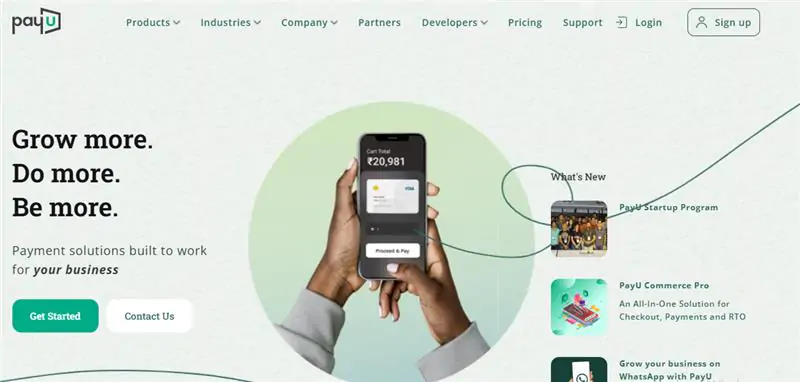
If you’re a startup or small business, PayU is worth checking. It has lower transaction fees compared to some other players, making it affordable in the long run. You also get UPI, card payments, and EMI options, which Indian customers often look for. Setting up with Shopify is simple, and their dashboard is easy to use. For businesses that are just starting out and don’t want heavy costs, PayU works well.
3. Cashfree
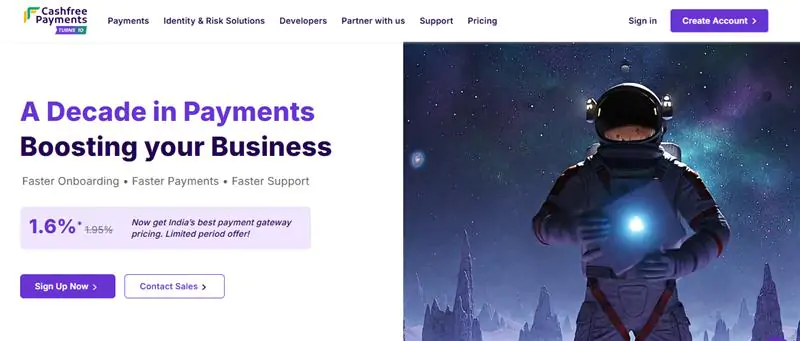
Cashfree is known for its quick payouts. While many gateways hold funds for 3–7 days, Cashfree lets you get your money faster, sometimes even within 24 hours. It supports UPI, net banking, and wallets, and works seamlessly with Shopify. If you run a business where cash flow is crucial—like D2C or small inventory models—Cashfree gives you peace of mind. It’s also simple to integrate and easy to manage.
4. Instamojo
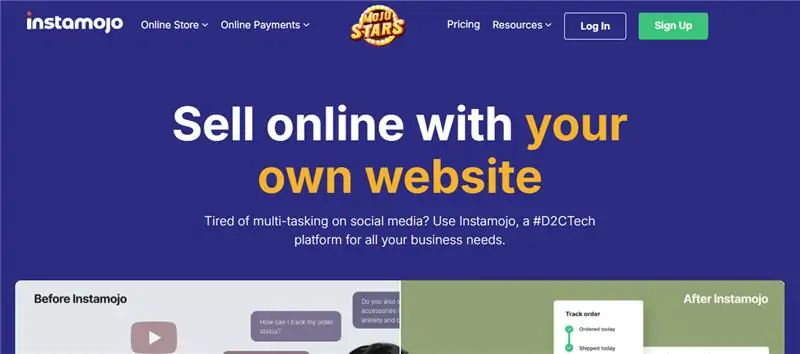
If you are a small seller or freelancer, Instamojo is perfect. It’s lightweight, easy to set up, and doesn’t need a lot of technical knowledge. Apart from UPI and cards, it even allows simple payment links, which you can share on WhatsApp or email. Shopify integration is available, and it’s popular among small business owners across India. If you’re just testing the waters or starting with low investment, Instamojo is a safe option.
5. CCAvenue
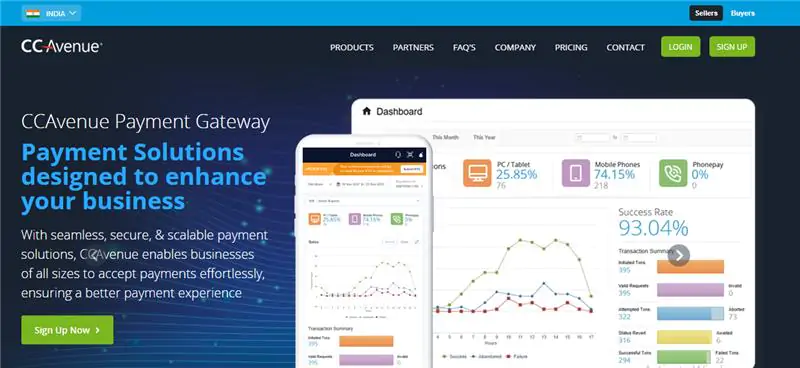
CCAvenue has been around for years and supports the widest range of payment methods, including UPI, cards, wallets, net banking, and even international cards. It’s trusted by large businesses because of its strong security features. For Shopify stores targeting customers across India with different preferences, CCAvenue ensures nobody drops off due to missing payment options. It might look a little complex compared to Razorpay or PayU, but it’s reliable once set up.
6. PayPal
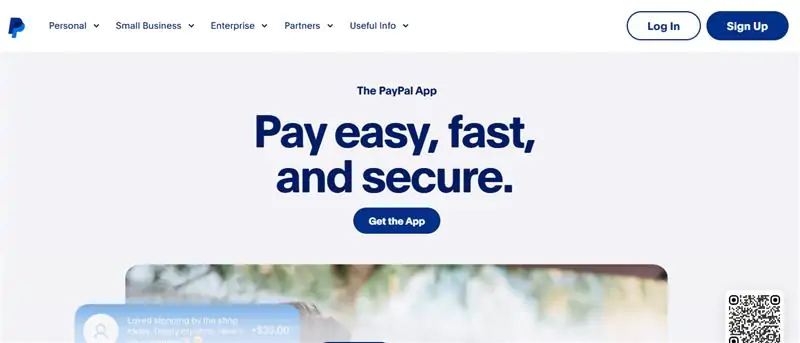
PayPal is not very popular for domestic payments in India, but if you’re targeting international buyers, it’s almost mandatory. Customers in the US, UK, and Europe already trust PayPal for secure payments. Shopify integrates PayPal by default, so setup is simple. The fees are higher, but if global sales are your focus, PayPal is worth adding to your store.
Shopify Payment Gateway Comparison Table (India)
Before you decide which option is best, here’s a quick payment gateway comparison India that covers setup cost, fees, UPI support, and best use cases. Look at setup cost, transaction fees, UPI/wallet support, and which type of business each one suits.
| Gateway | Setup Fee | Transaction Fee | UPI/Wallet Support | Best For |
| Razorpay | 0 | ~2% | Yes | SMBs + scaling stores |
| PayU | 0 | 2% | Yes | Startups |
| Cashfree | 0 | 1.9% | Yes | Fast payouts |
| Instamojo | 0 | 2% | Yes | Small stores |
| CCAvenue | 0 | 2%+ | Yes | Large stores |
| PayPal | 0 | 3–4% | No UPI | International customers |
Common Mistakes to Avoid
When you choose a payment gateway for Shopify stores in India, it’s easy to make decisions in a hurry. But small mistakes here can cost you sales. Here are the most common ones:
1. Picking only on low fees
Many new store owners look at the transaction fee and think that cheaper is better. But low fees don’t always mean good service. If your payment gateway keeps failing or takes too long to confirm payments, customers will drop off. Instead of saving money, you lose sales.
2. Not offering UPI and COD in India
Not offering UPI and COD in India is still the biggest mistake. For many buyers, COD vs online payments at Shopify India is a trust factor. If you don’t give both, you lose half the audience. If your Shopify store doesn’t offer these options, half your customers may walk away. You should always check if the gateway supports UPI, wallets, and COD integration.
3. Ignoring payout cycles
You might be making sales, but when do you get your money? Some gateways settle daily, while others take a week. If you don’t check this, your cash flow will suffer. For small businesses, quick payouts are very important.
4. Not testing checkout UX
Even if your gateway works, the checkout page may be confusing, with too many steps, slow OTPs, or errors on mobile. And in India, most orders happen on phones. You should test the entire process yourself before going live. If you find it frustrating, your customers will too.
Best Practices for a Smooth Shopify Checkout Experience
If you’re getting traffic but losing people at the checkout page, then your payment flow is the real problem. Here’s what you should do to fix it:
1. Add multiple payment options (UPI + Cards + Wallets)
In India, not everyone pays the same way. Some trust UPI, some swipe cards, and many still use Paytm, PhonePe, or COD. If your store gives only one option, customers will drop. So always keep UPI, cards, wallets, and COD.
2. Show trust badges
Would you put card details on a site that looks risky? Of course not. That’s why your store must show an SSL lock (https://), secure icons, and trusted payment partner logos like Razorpay or PayU. These small signs give customers the confidence to finish the order.
3. Ensure mobile-friendly checkout
Almost 7 out of 10 buyers in India use their phones to shop. If your checkout form is too long, buttons are tiny, or the page breaks on mobile, people will quit. You should test your checkout on different phones to see if it runs smoothly. A simple, mobile-first checkout always converts better.
4. Be transparent about fees & refunds
Hidden charges are one of the biggest reasons for cart abandonment. If you show 999 rupees on the product page and add 200 rupees extra at checkout, most buyers will leave. Be upfront about shipping, GST, or handling fees. Also, keep your return and refund policies clear. When people know they can trust you, they’ll buy without hesitation.
Read more: How to Create a Shopify Store: Step-by-Step Guide
Future of Payment Gateways in India (2025–26 Trends)
Payments in India are changing faster than ever. If you’re running a Shopify store, you must know where things are heading. Here’s what you can expect in the next 1–2 years:
1. Rise of UPI & BNPL (Buy Now, Pay Later)
You already know UPI is everywhere. From tea stalls to big malls, everyone accepts it. By 2026, UPI will continue to dominate online payments. Along with this, BNPL (Buy Now, Pay Later) is growing big. Platforms like Simpl, Lazypay, and Paytm Postpaid are making it easy for buyers to shop now and pay later. If your Shopify payment gateway doesn’t support these, you’ll lose out on younger buyers.
2. Voice Payment Integration (AEO Angle)
People are not just typing; they are speaking. Voice search is booming, and the same trend is moving towards payments. Imagine someone saying, “Pay through UPI” or “Complete order with PhonePe”. Voice-activated payments are expected to become common, especially on mobile-first checkouts. For this reason, you should keep your store ready for AEO-style optimization.
3. Regional Language Payment UX
India is not just English-speaking. People prefer local languages. Payment gateways are slowly rolling out regional language interfaces. If your checkout supports multiple languages, customers will feel more comfortable while paying. And in Tier-2, Tier-3 cities, this can boost your sales by a big margin.
4. GEO Opportunity: Local Gateways with Faster Payouts
Generative search (GEO) is giving more exposure to local businesses. The same wave will hit payments. More Indian gateways will focus on faster payouts (daily or even instant). This helps small Shopify stores in India manage cash flow without waiting for weeks. If you choose a local gateway with strong integration, you’ll not only get smooth transactions but also quick settlements.
Final Words
At the end of the day, the payment gateway you choose can decide how many sales you make. A smooth, trusted gateway means fewer drop-offs and more completed orders. A wrong one means failed payments, frustrated buyers, and lost revenue. In 2025, it’s not just about adding any payment option. You need the right tools. For example, SEO to bring people to your store, AEO to answer buyer questions at checkout, and GEO to give local payment options like UPI and BNPL. This mix is what keeps your store future-ready.
If you’re running Shopify stores in India, don’t leave this to chance. Check your current payment setup. See if you’re offering UPI, wallets, COD, and transparent refunds. And if you’re not sure where to start, we’re here to help. Get a Shopify payment setup audit from Appco Software. We’ll check your store, fix gaps, and make sure your checkout is built for Indian customers and Indian payments.
FAQs on Payment Gateway for Shopify Stores in India
1. How to set up a Shopify store in India?
It’s not complicated at all. You just create a Shopify account, pick a plan, and choose a theme you like. Then slowly add your products, write proper descriptions, and set prices. After that, connect a payment gateway like Razorpay or PayU. Don’t forget GST and shipping setup; otherwise, orders will get stuck. Once all is ready, just publish your store and you’re live.
2. Does PayPal India allow Shopify store currency in USD?
Yes, PayPal works with USD. If your store is in USD, the customer pays in dollars, and PayPal will convert it into INR before sending it to your bank. But keep in mind, PayPal always takes a small conversion fee. So don’t be shocked if you see a little less money in your account.
3. Which is the best payment gateway for Shopify in India in 2025?
To be honest, Razorpay and PayU are the most trusted ones right now. Razorpay is good because it supports UPI, cards, wallets, and even EMI. PayU is cheaper, so startups prefer it. If you are also planning to sell outside India, add PayPal along with these. That’s the safest combo.
4. Does Shopify support UPI and Paytm in India?
Yes, Shopify supports UPI and Paytm, but not directly. You have to use Razorpay, Cashfree, or PayU as a bridge. Once you connect them, your customers can easily pay through Google Pay, PhonePe, Paytm UPI, or even Paytm wallet. So yes, it works, but the setup is through these gateways.
5. What is the cheapest Shopify payment gateway for small businesses?
If you are just starting, PayU and Instamojo are the cheapest. Their charges are low, and setup is quick. Razorpay is a little higher in cost, but it gives more options like UPI, EMI, and fast payouts—so many sellers still choose it. For a very new store, Instamojo is fine, but as you grow, Razorpay is better.
6. How to integrate Razorpay with Shopify?
It’s very simple. Go to your Shopify admin, open Settings, then click Payments. Choose Razorpay, and enter the API Key and Secret you get from your Razorpay account. Save changes, test one small order, and that’s it. After this, your store can take UPI, cards, and wallet payments smoothly.

